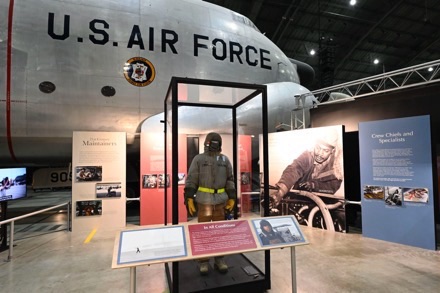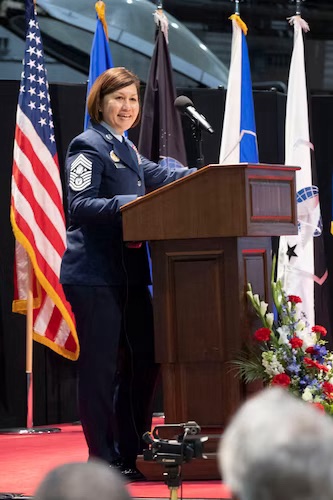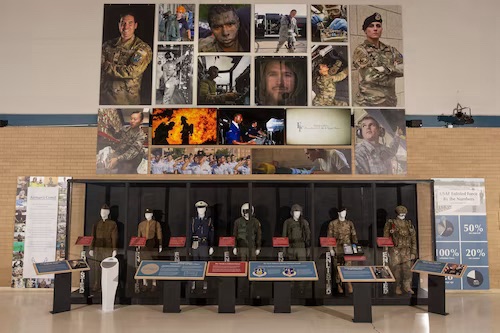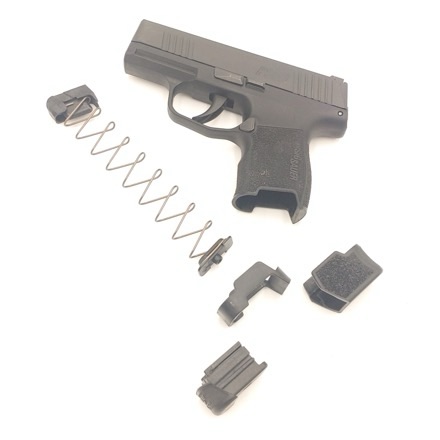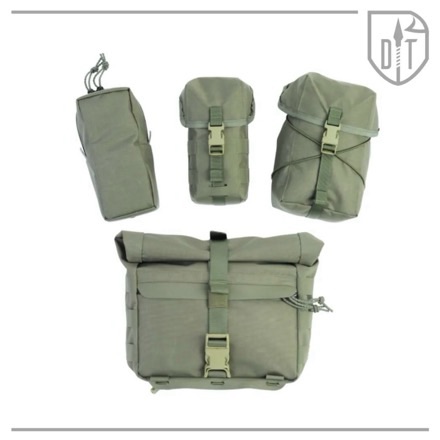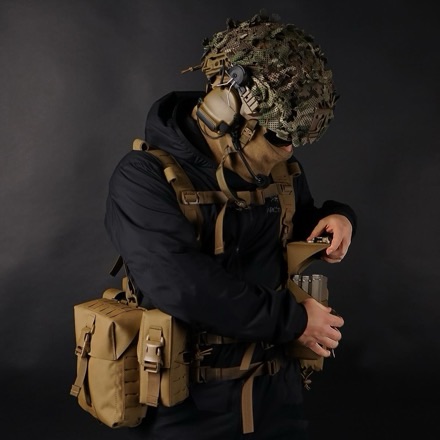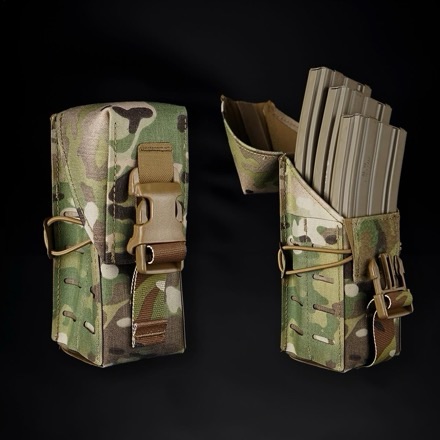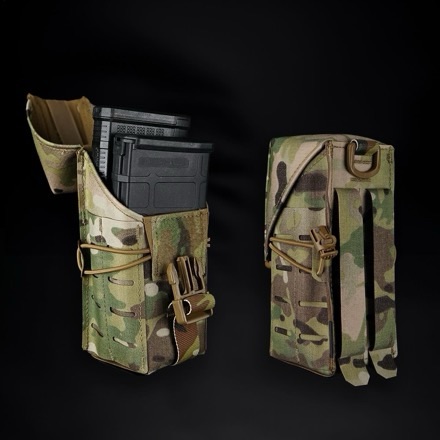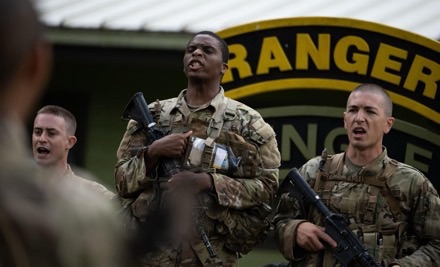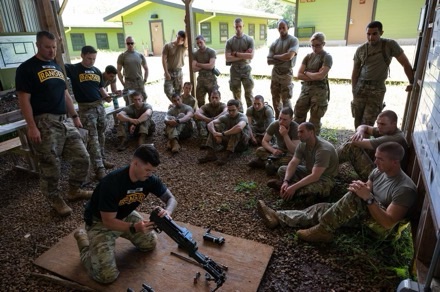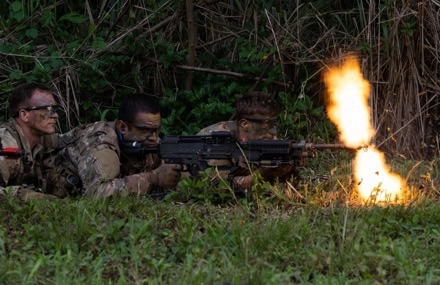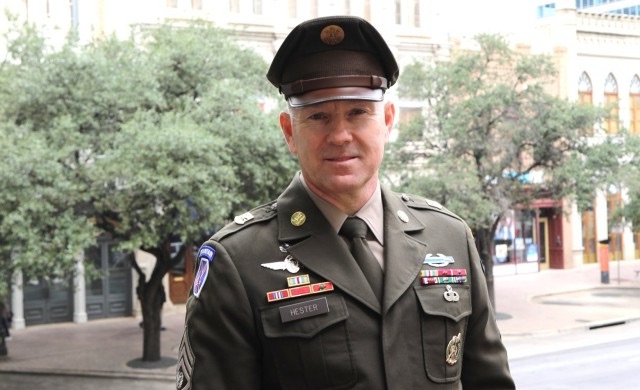
AUSTIN, Texas — As the senior ranking non-commissioned officer at U.S. Army Futures Command (AFC), Command Sgt. Maj. Brian A. Hester has dedicated his career to being people-focused and people-motivated.
“People matter, and our Army has the best people,” Hester asserted.
Responsible for advising the AFC commanding general and other senior leaders on the activities, needs and support requirements of Soldiers and their families, Hester often applies his informed experiences and personal insights to his work for the command.
“My responsibility is to take my experiences as a Soldier over the last 33 years and make sure we’re looking through that lens as we’re trying to modernize and transform the Army,” he said.
His day-to-day tasks include assessing how to best solidify systems, processes, interactions and relationships inside and outside of the organization – efforts that benefit from his disposition as a “people person.”
Hester is also an integral member of a broader AFC team that is continuously evaluating whether new equipment and approaches will “make Soldiers more lethal and more protected on the battlefield” from “both a deterrence perspective and a combat operations perspective.”
“Our responsibility is to transform the Army so that we have future war-winning readiness.” Hester said.
He highlighted how AFC activities help ensure that the Army has “the right equipment, the right training, the right organizations to be able to maintain that land force dominance” and that new materiel and methods are “effective, safe, reliable, efficient and hardened against the threat.”
“I know that the Army of the future is going to continue to be the best Army in the world. It’s going to continue to be able to take care of its people, be absolutely proficient at warfighting. It’s going to be ready when the nation needs it.”
Hester’s skill in analyzing and influencing Soldier-centric planning efforts stems not only from his own career as a Soldier, but also from a deep appreciation for the value of teamwork and hard work.
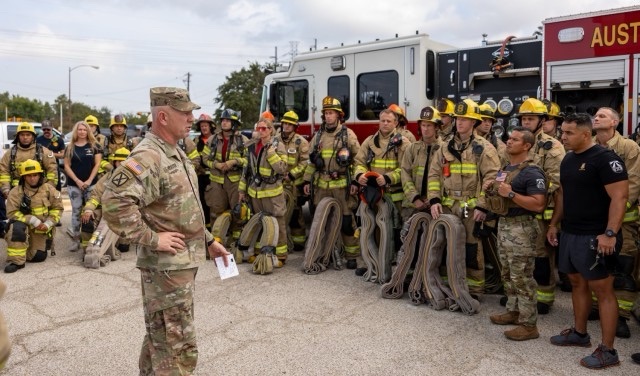
“People often talk about luck. I think that luck is the intersection of preparation and seizing opportunity,” Hester said.
When he decided to enlist in the Army in 1990, shortly after graduating high school, he began a journey that embodied that mantra.
“I grew up in a little town, Mt. Sterling, Illinois, on the Midwest side of the state, in the farm belt,” Hester said.
His community of 1,500 people offered limited opportunities beyond farming and construction, and he was eager to find a way to continue fueling his passion for teamwork, which he discovered while playing high school football, basketball and baseball.
“I wanted to be able to continue to be part of a team, which is one of the things I learned as an athlete, and also do something that I thought was meaningful for me and my family and my country,” Hester explained.
He opted to join the infantry specifically because he was inspired by the unique opportunities it offered, like learning how to jump out of an airplane.
“The infantry platoon is really like an athletic team, and if each person plays their position well, then the whole team is successful,” Hester said.
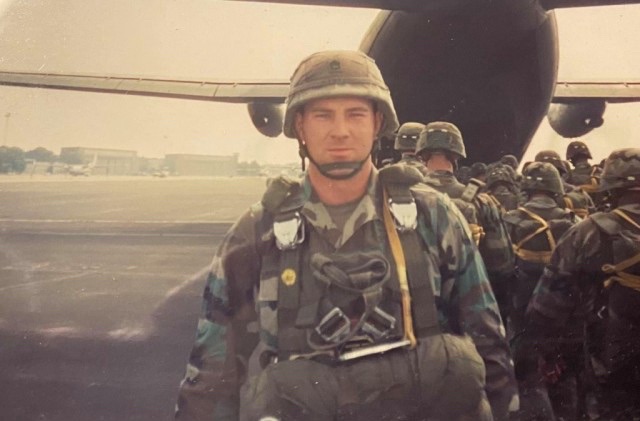
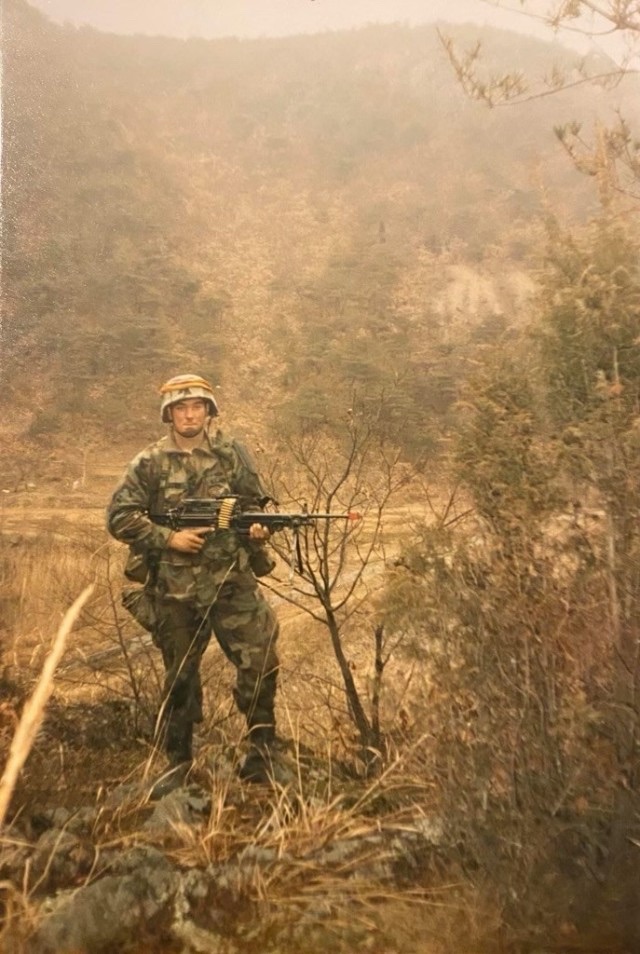
Once in the Army, Hester enjoyed the camaraderie and taking on leadership roles. He remembers thinking to himself, “wow, this is something I could do for 20 years.”
“It just kept getting better,” he said. “It kept being more meaningful to me, and it provided a good opportunity for my family.”
To date, Hester’s Army career has taken him to domestic assignments in Hawaii, Louisiana, Maryland, North Carolina and Texas, as well as international posts in Afghanistan Iraq, Kosovo and South Korea.
His service has additionally afforded him time and support to obtain a bachelor’s degree in liberal arts and complete several military education courses, including Ranger School and the Joint Special Operations Forces Senior Enlisted Academy.
More than three decades later, Hester still enjoys “being around Soldiers, having something really meaningful to do each and every day.”
“That has given me a lot of personal purpose and personal satisfaction,” he said.
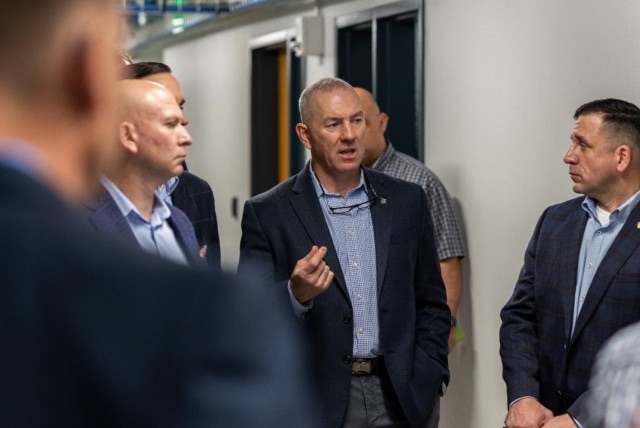
The chance to solve complex problems and inspire others is also a great motivator.
“I don’t think that there’s anything better than the opportunity to figure out how to inspire other people around you to get after a common challenge, a common goal, and I think that’s one of the things the Army does best.”
Hester’s service has enabled his wife of 28 years and their two sons to live in locations around the country, making multiple friendships, encountering new experiences and building resilience along the way.
“For my family, it’s been a good thing,” Hester said of Army life.
His son decided to pursue military service as well, joining the generations of his family – including Hester’s father, grandfather and great-grandfather – who served before him.
“I am super proud of my family heritage, and super proud of my son for serving also,” Hester said.
Hester encourages individuals who may just be starting out in their careers to consider “serving something larger than yourself – as a service member or as a teacher or as a doctor or as a youth coach or a pastor – or finding a way to give back to your community in a meaningful way.”
He sees the Army as an ideal path for many, given the multitude of opportunities, career pathways and experiences it offers.
“I think it’s a great way to start as a young person; even if you’re 30 years old, I consider that to be a young person,” Hester said. “I think that there’s also those folks out there that are looking for a change in their life; the Army’s a great place to make a change, to find something new.”
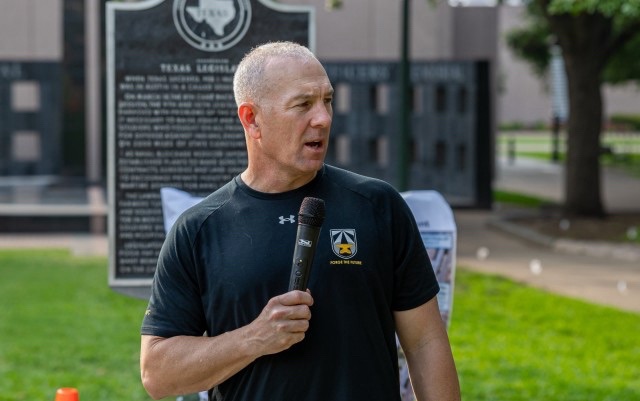
“If you come into the Army with the thought that ‘I’m going to make this opportunity for me the best that I can make it,’ I am 100% sure that your time serving in the Army will be meaningful to you and your family.”
“If you don’t know if the Army is the right place for you, you should talk to a recruiter,” he added.
“I’d almost guarantee you that there’s going to be a fantastic opportunity, should you choose to join the Army and be part of our team.”
By Maureena Thompson, Army Futures Command




